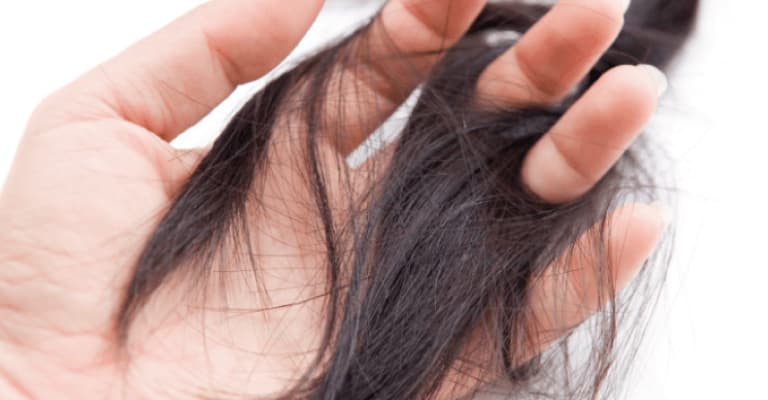How to Reduce Hair Loss? Hair loss is one of the oldest and most important beauty problems in humanity and is important among the reasons for applying to experts. From a medical point of view, hair loss can be divided into spills that leave traces, which means that the hair doesn’t have a chance to come out again, and spills that do not leave traces, destroying the hair follicles.
There are many methods to reduce hair loss. If these methods are applied at an early stage, the chances of success increase considerably, and hair loss decreases at serious levels. Methods that reduce hair loss in general include:
Drug Therapy:
Some drugs prescribed by doctors can reduce hair loss at a high rate.
Mesotherapy:
In this treatment method, vascular dilating agents such as vitamins and minerals are injected into the scalp. Hair loss stops in a short time, and existing hair thickens.
Positive effects on hair growth have been observed in both women and men. After the first application, it is observed that the hair develops again, and after about six months, the areas that are shed are revived. Continuity of applications is required at certain intervals.
Platelet Rich Plasma (PRP)Treatment:
These are materials taken from blood to be used to regenerate, repair, and strengthen the scalp. After 10-20 ml of blood is drawn from the patient, red blood cells are separated from the blood by special centrifugation and microfiltration methods, resulting in rich plasma materials such as platelet and white blood cells. Platelets are activated as soon as they interact with damaged tissue, releasing many tissue-repairing factors. In this way, rich materials help prevent hair loss, as well as speed up the healing process after hair transplantation.
Hair Transplant:
Another method used to treat hair loss, the hair transplant process, rotation flaps, skin reduction, punch graft (punch graft), and individual follicle transplantation includes various surgical approaches. Currently, DHI (Direct Hair Implant) hair transplant is the most commonly used method for treating hair loss. After the operation, it can be supported by medical treatment to protect and improve the transplanted hair follicles.
Low-Level Laser (Light) Therapy:
It is applied with systems containing light-emitting diodes at a wavelength of 650-900 nm. It activates the hair follicles, increases blood flow in the hair follicles, and regulates the production of adenosine triphosphate in mitochondria, stimulating the transition of the hair to the anagen phase. As support for medical or surgical treatment and can be an ideal alternative for patients who are resistant to treatment.
Amino Acids:
Cysteine, in particular, is thought to cause an increase in growth factors.
Trace Elements:
Zinc and copper have been suggested to increase hair nutrition. In patients experiencing hair loss, contradictory results have been found related to the reduction of iron stores. Without iron deficiency, there is not enough evidence of iron supplementation.
Vitamins:
In particular, biotin and niacin have been suggested to have effects on hair growth and have positive effects on hair nutrition.
Proanthocyanidins:
Procyanidin B is also included in this group. It is one of the flavonoids with antioxidant properties. Procyanidin B has been shown to lead to a significant increase in the number of hair in men after 6 months of use.



